Professor Hervé THIS, the French chemist celebrated as the father of molecular gastronomy and the creator of “note by note cooking” is an inspiration to chefs worldwide. He will be the keynote speaker at our 2018 Graduation Ceremony on June 27th.
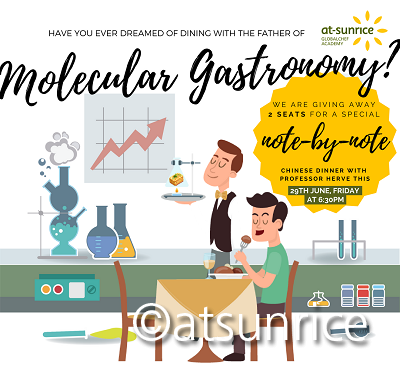
Contest Alert! To enter please answer the following question and email us at marketing@at-sunrice.edu.sg
When is the right time to salt a steak? Before, during or after cooking? And why?
Professor THIS will select the best answer by 24 June. Winners to be notified by 25 June.
Now for some insight to the chemist from Paris who is out to change the way we eat!
1) What is your occupation?
I am a physical chemist, and I specialise in molecular gastronomy, i.e. studying the mechanisms of why and how things happen during cooking.
2) Everyday must be interesting for you! What were some highlights today?
– I discussed a new analytical method with a student
– I ran an NMR (nuclear magnetic resonance spectroscopy) on coffee to find more about its oil composition
– I wrote a chapter for a new handbook in molecular gastronomy
Photos from Professor THIS
3) How did you end up getting a degree in molecular gastronomy?
It all began on the evening of 16 March 1980, when I was preparing a Roquefort cheese soufflé for friends during dinner. At that time, I was still a student at an engineering school in Paris.
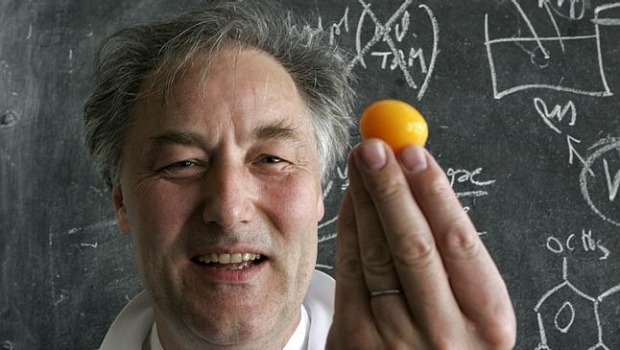
The recipe advised to add the egg yolks two by two. To a rational mind, I found this sentence strange. Why add the yolks two by two? Why not all the yolks together? I could not see the reason so I put all the yolks together…and the soufflé was a failure! (I know today that this failure had nothing to do with this question of egg yolks).
The following week I experimented on the same soufflé. The next day I bought a notebook to collect all the ‘old wive’s tales’ or ‘cooking rules/advice’ from culinary books, we now call ‘culinary precisions’.
I wanted to apply scientific knowledge to cooking to make it logical and more reliable.
4) Can you give us a sneak preview of what students can expect at the graduation ceremony this year?
The main idea is “we are what we do.” In the future, we won’t cook with fruit, vegetables or meat. We will cook “note by note” with the pure compounds responsible for taste and smell. The students have to be ready and to move fast, in order to be at the edge of innovation!
5) Is there a recipe you could share that reflects what you do?
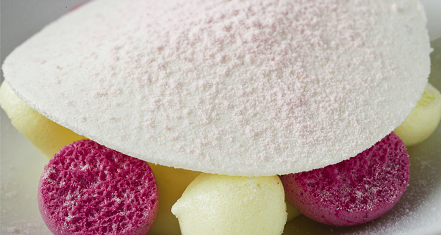
To obtain more foam with a single egg white, since air is plentiful, add more protein or water or both. It is easier to add water in a steady stream while beating well. In this way one can produce up to a cubic meter of foam with a single egg white and, through heating – after adding a little flavouring (for taste!) – liters of very light meringues that Chef Pierre Gagnaire and I very prettily call wind crystals.
From 26th till 29th June 2018 Professor THIS be speaking at various events, more details can be found here!

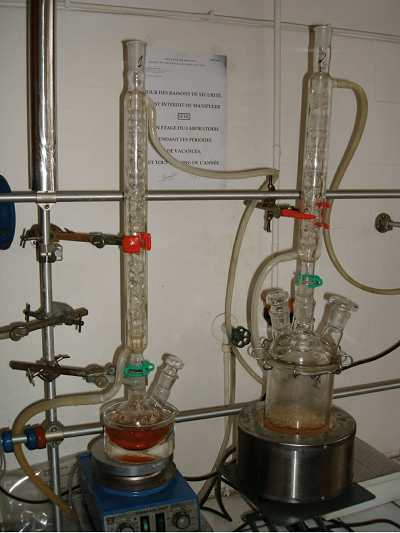
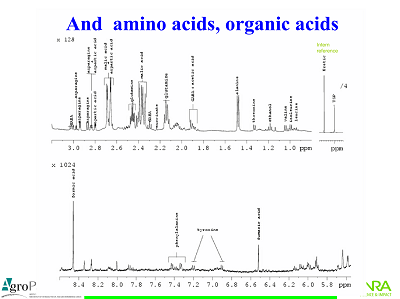
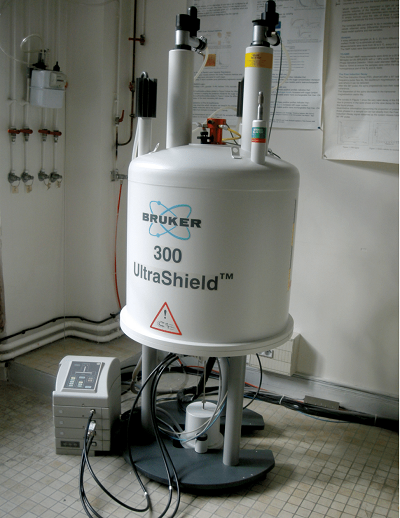
This site uses Akismet to reduce spam. Learn how your comment data is processed.